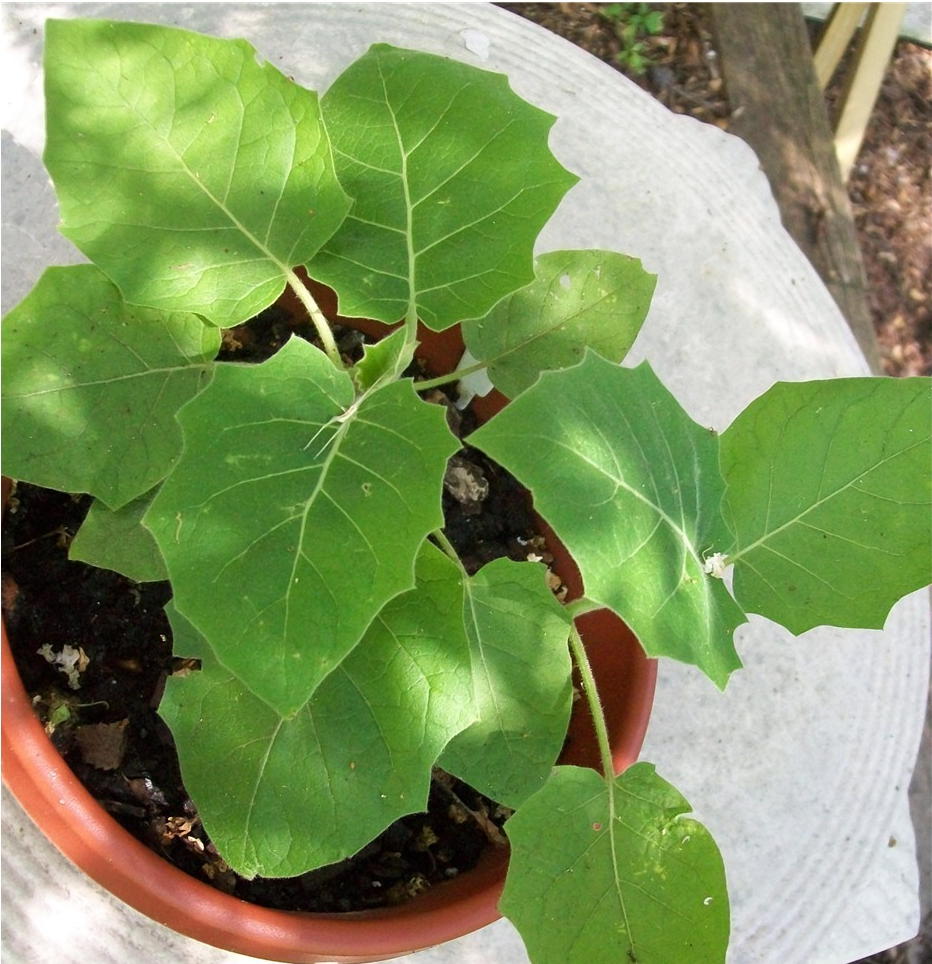Solanum Sessiliflorum on:
[Wikipedia]
[Google]
[Amazon]
''Solanum sessiliflorum'', the cocona, is a 
''Solanum sessiliflorum''
Version of December 2005. Retrieved 2008-SEP-25.
sessiliflorum Edible Solanaceae Tropical fruit Flora of Southern America {{Solanales-stub
tropical shrub
Tropical vegetation is any vegetation in tropical latitudes. Plant life that occurs in climates that are warm year-round is in general more biologically diverse than in other latitudes. Some tropical areas may receive abundant rain the whole y ...
of the family Solanaceae
Solanaceae (), commonly known as the nightshades, is a family of flowering plants in the order Solanales. It contains approximately 2,700 species, several of which are used as agricultural crops, medicinal plants, and ornamental plants. Many me ...
. The cocona plant has sturdy branches and huge, serrate and hairy leaves. Cocona closely resembles a number of close relatives, including naranjilla
''Solanum quitoense'', known as naranjilla (, "little orange") in Ecuador, Costa Rica, and Panama and as lulo (, from Quechua) in Colombia, is a tropical perennial plant from northwestern South America. The specific name for this species of night ...
(''S. quitoense'') and pseudolulo (''S. pseudolulo.'') It can be distinguished from those plants by its lack of spines. It will hybridize with those and other close relatives. Cocona also lacks the characteristic purple coloring usually seen in the naranjilla. Its flowers resemble large potato flowers, with light green petals. Cocona is harvested in parts of South America around the Amazon rainforest
The Amazon rainforest, also called the Amazon jungle or Amazonia, is a Tropical and subtropical moist broadleaf forests, moist broadleaf tropical rainforest in the Amazon biome that covers most of the Amazon basin of South America. This basin ...
such as Purús Province
The Purus River (Portuguese: ''Rio Purus''; Spanish: ''Río Purús'') is a tributary of the Amazon River in South America. Its drainage basin is , and the mean annual discharge is . The river shares its name with the Alto Purús National Park a ...
in eastern Peru. :es:Palestina (Perú)
The fruit of cocona is a red, orange or yellow edible berry
A berry is a small, pulpy, and often edible fruit. Typically, berries are juicy, rounded, brightly colored, sweet, sour or tart, and do not have a stone or pit although many pips or seeds may be present. Common examples of berries in the cul ...
. Cocona is native to the Andean region of South America, where it is occasionally cultivated for human consumption.
Cocona can also be grown as an indoor ornamental plant
Ornamental plants or ''garden plants'' are plants that are primarily grown for their beauty but also for qualities such as scent or how they shape physical space. Many flowering plants and garden varieties tend to be specially bred cultivars th ...
in temperate climates, but it seems to be quite sensitive to spider mite
Spider mites are members of the family Tetranychidae, which includes about 1,200 species. They are part of the subclass Acari (mites). Spider mites generally live on the undersides of leaves of plants, where they may spin protective silk webs, a ...
s, so care should be taken not to keep it in too dry air during winter. Like the naranjilla, coconas are highly sensitive to aphids
Aphids are small sap-sucking insects in the Taxonomic rank, family Aphididae. Common names include greenfly and blackfly, although individuals within a species can vary widely in color. The group includes the fluffy white Eriosomatinae, woolly ...
and nematodes. As subtropical plants, they can endure cool weather, but will be killed or severely damaged by frost. During summer, it can be grown outside or in a cold greenhouse. When grown from seed, coconas can bear fruit in as little as 9 months, or as long as 24.
''Solanum georgicum
''Solanum'' is a large and diverse genus of flowering plants, which include three food crops of high economic importance: the potato, the tomato and the eggplant (aubergine, brinjal). It is the largest genus in the nightshade family Solanaceae ...
'' and ''Solanum hyporhodium
''Solanum'' is a large and diverse genus of flowering plants, which include three food crops of high economic importance: the potato, the tomato and the eggplant (aubergine, brinjal). It is the largest genus in the nightshade family Solanaceae ...
'' were (and sometimes still are) included in this species, but they are generally treated as distinct today.

References
Footnotes
* (2005)''Solanum sessiliflorum''
Version of December 2005. Retrieved 2008-SEP-25.
External links
sessiliflorum Edible Solanaceae Tropical fruit Flora of Southern America {{Solanales-stub